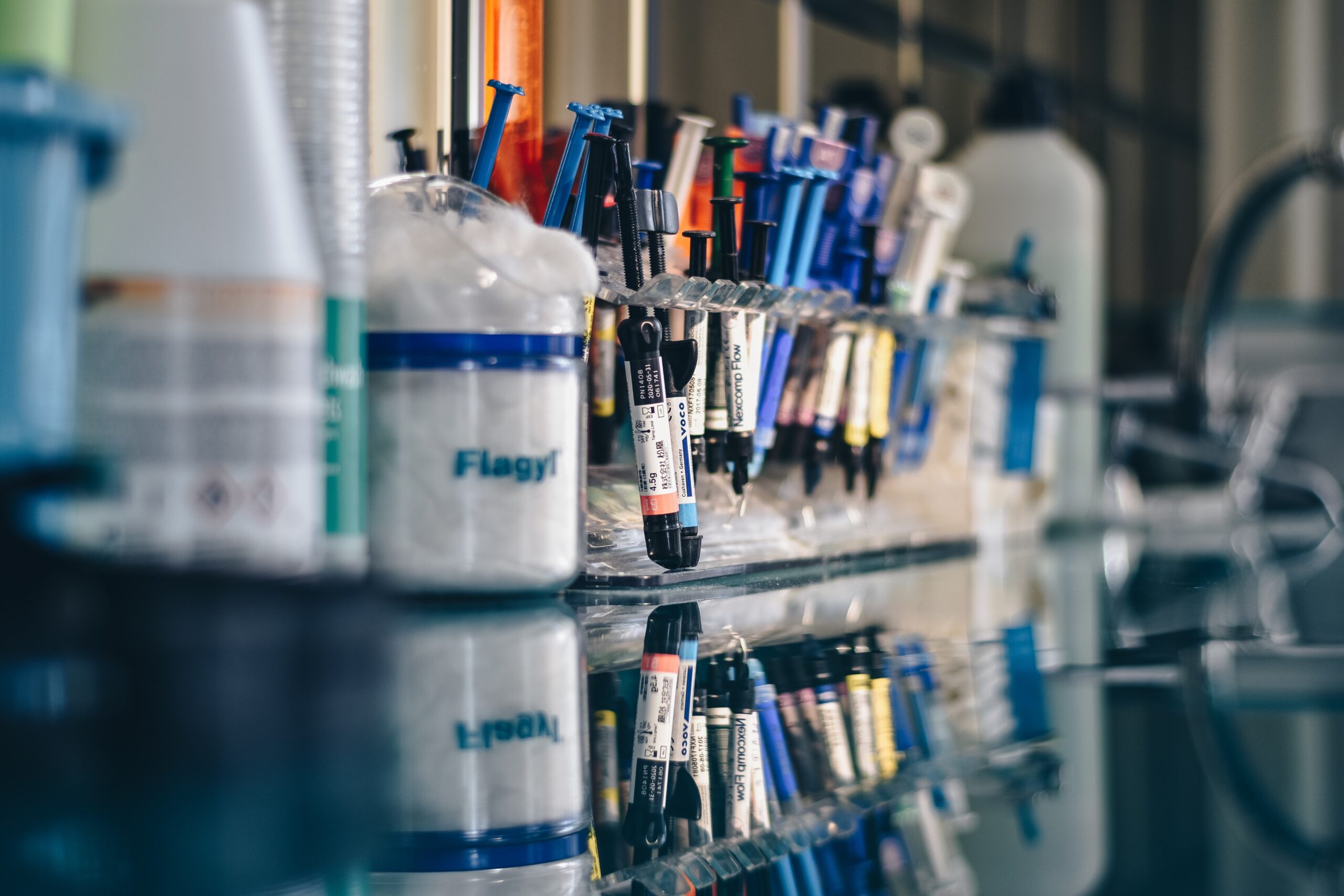The great benefit of small needs
One of the earliest substrates to be studied by physicians was urine. There is information about it in extant ancient Chinese, ancient Egyptian, ancient Greek written sources, as well as in the Indian treatise “Ayurveda”.
The color of urine, which can vary from light to dark brown, sometimes red, signaled the first healers, for example, if a patient had some kind of kidney or bladder disease. Doctors in ancient times even selflessly, excuse me, tasted urine: its sweet taste allowed them to diagnose diabetes mellitus.
Blood under the microscope
The basis for the development of clinical laboratory diagnostics is chemistry, physics, and biology, the achievements of which were applied to the study of human biological fluids and tissues. The invention of the microscope played a huge role in the development of diagnostics. Dutch scientist Antonio van Leeuwenhoek, who lived in the 17th century, is known not only as the creator of microscopes, but also as the discoverer of protozoan organisms. Having designed a device that made it possible to see the world at an unimaginable approximation, it would have been strange not to try it out on everything at hand.
So Levenguc discovered infusoria, erythrocytes, described bacteria, yeast, lens fibers, skin epidermis scales, the structure of muscle fibers and eyes of insects.
The ability to examine the tissues and fluids of the human body, and primarily blood, allowed such a science as hematology to develop. It is a branch of laboratory science that studies the properties of blood and its changes in one or another disease. Even today, the examination of a patient for any disease or preventive examination begins with a general blood test.
As the technical qualities of the microscope improved, the properties of blood were described in increasing detail, and it became possible to evaluate the so-called blood formula – the number and characteristics of various forms of erythrocytes, leukocytes, thrombocytes and their ratios.
Decompose color into digits
The microscope also allowed us to look at impurities and cells present in a patient’s urine: salts, small stones, sand, bacteria, white blood cells and red blood cells. Detection of these substances helped diagnose diseases of the urogenital system, as well as diseases associated with disorders of metabolic processes in the body, for example – gout.
Almost simultaneously with the microscope, a colorimeter was created – a device that can translate into digital values the color (density of staining) of a particular liquid substrate. First of all, the colorimeter was used to evaluate the color of urine – which, as we know, has a very rich palette.
Colorimetry is widely used in medical laboratories to this day for quantitative determination of all those substrates, which give colored solutions, or can give a colored soluble substance during a chemical reaction. The concentration of the substance being sought is estimated by the density of the color.
Microscope and colorimeter were not invented specifically for the needs of medicine, but physicians, seeing their great potential, began to widely use them in their practice. These two discoveries prompted the scientific development of clinical laboratory diagnosis. Until then, the term “science” had never been used in this context.




